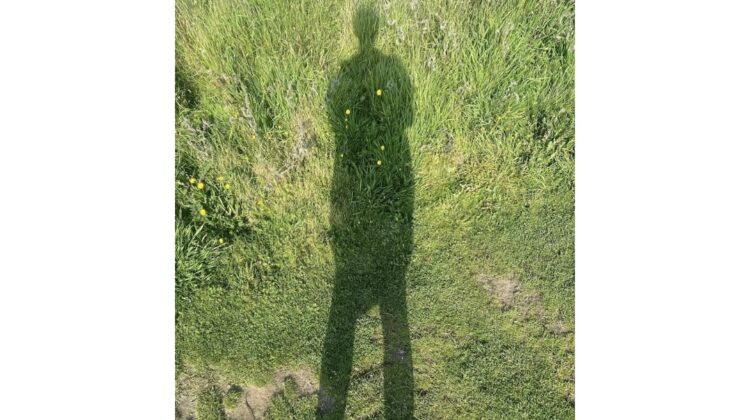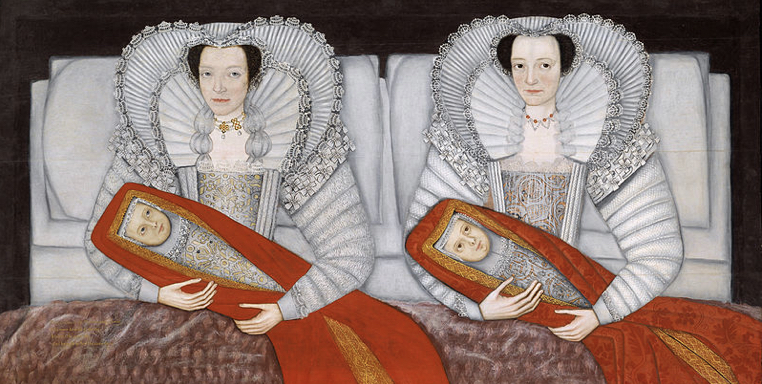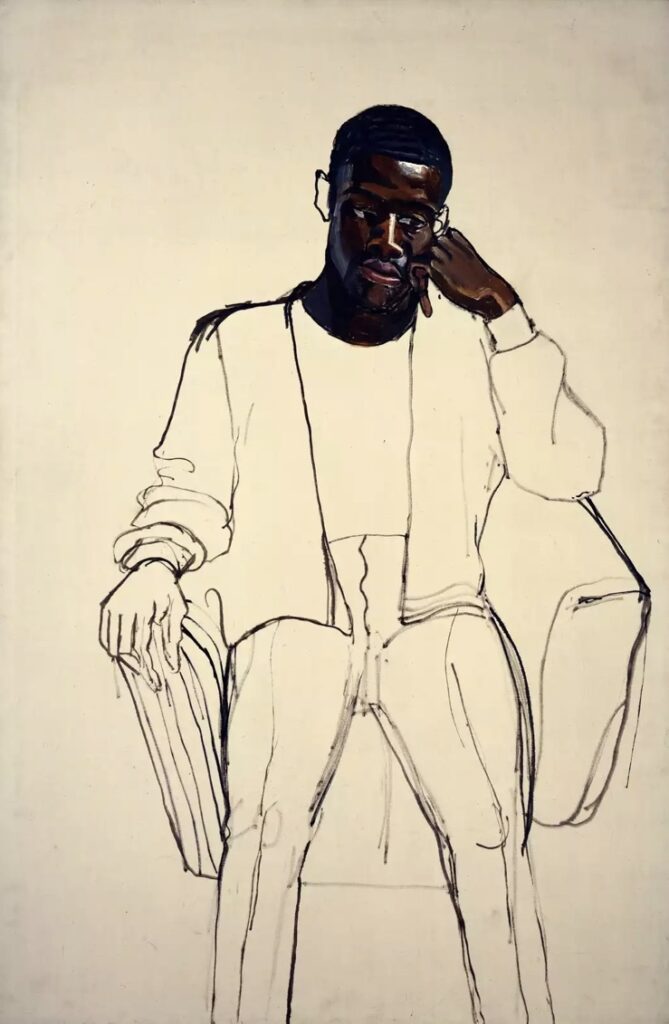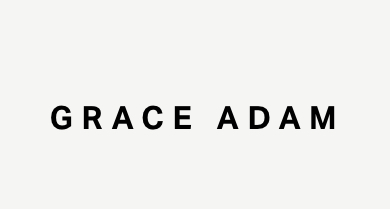
In this month’s column, Suffolk-based artist, educator and presenter Grace Adam appreciates a couple of enigmatic portraits – one of which is one of the oddest paintings she has ever encountered!
The Cholmondeley Ladies, c.1600–10 – artist unknown

This has got to be one of the oddest paintings I’ve ever encountered – and it stays with me. Two women sit bolt upright in a large bed under a crimson cover. They are fully and sumptuously dressed. At first glance they appear identical in their features, clothing and posture. Inspect them more closely and you’ll notice their slightly different features, jewellery and eye colour, as well as differences in their patterned stomachers. They are individuals (coincidentally, a word not in common usage before the early 1600s). Each woman cradles an almost identical baby who could be male or female, each swaddled in their red christening robes. The ruffs, frills, embroidered patterns, and stiff cannon sleeves all date the painting to just after 1600.
These two women were said to have been born and married on the same day, as the painter informs us with a small gold inscription in the bottom left corner. We only have the artist’s word. We do know that they were members of the Cholmondeley family from Cheshire.
This peculiar human configuration isn’t to be found in any other British painting, although it can be found on tomb sculpture. Images of sisters are also rare. In the style of the day, this strange and beautiful work is painted on four horizontal oak panels, with little attention paid to shadows or modelling. The Italians had been making oil paintings on canvas for a while, but in Britain they were just beginning to appear.
Of course, like all portraits, whether it’s Instagram or a 400-year-old painting, the representation is all about image control. Some things don’t change. We don’t know who they were or who painted them. The Cholmondeley Ladies (pronounced Chumley) are an unsettling enigma.
Black Draftee (James Hunter), 1965 – Alice Neel

Alice Neel was an American painter; a feminist, a communist, and a ‘collector of souls’ as she put it. Painting from the 1920s until her death in the 1980s, she was an acute observer of the world around her. Neel was driven to expose social injustice. She explored race, class and relationships. The artist met James Hunter on the street in New York and invited him to sit for her. They agreed on two sittings. Neel learned that he had been drafted into the Vietnam War and was due to leave soon. In this image, his eyes are cast down, lost in thought-perhaps contemplating the horror that awaited him. The young man never returned for the second sitting, so Neel signed the back of the sketchy spare portrait, and it was finished.
James Hunter’s name is not engraved on the Vietnam War Memorial in Washington, D.C. No one has ever been able to find out what became of him. A poignant unfinished canvas and an absent man.
Two paintings from different worlds, and with each we lack all the information. Isn’t it fascinating to consider what each painter saw in their models – what they noted, recorded and shared with us, and what is absent?
Visit Grace Adam Artist and follow on Instagram; X and Facebook. For the latest Art Channel film, A Visit To The Courtauld Gallery: Part 1, visit YouTube.
Featured image – an enigmatic ‘self-portrait’ of Grace Adam









Leave a Reply